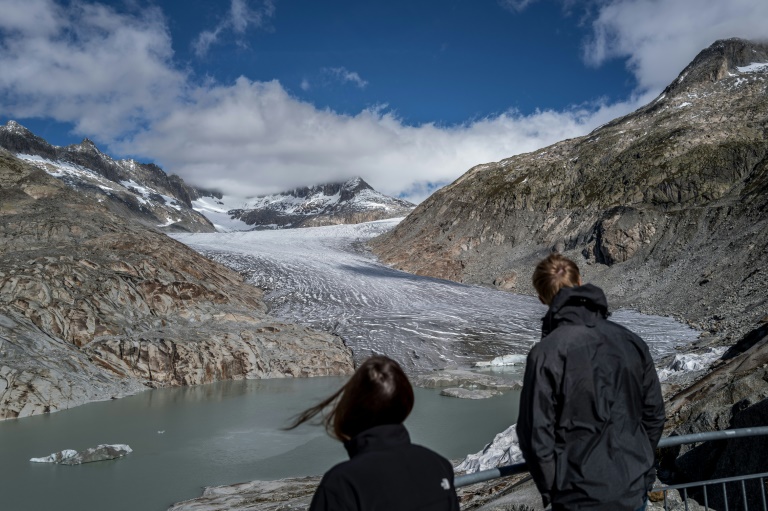Increasingly intense floods and droughts are a “distress signal” of things to come as climate change makes the planet’s water cycle increasingly unpredictable, the United Nations warned on Monday.
Last year, the world’s rivers were the driest in more than 30 years, glaciers suffered the greatest loss of ice mass in half a century and there were also a “significant” number of floods, the UN World Meteorological Organization said in a report.
“Water is the canary in the coal mine of climate change,” WMO Secretary General Celeste Saulo said in a statement accompanying the State of Global Water Resources report.
“We are receiving distress signals in the form of increasingly extreme rainfall, floods and droughts that are taking a heavy toll on lives, ecosystems and economies,” she said.
Saulo said warming of the Earth’s atmosphere has made the water cycle “more erratic and unpredictable.”
Last year was the hottest on record, with high temperatures and widespread dry conditions causing prolonged droughts.
There were also many floods around the world.
These extreme events were influenced in part by naturally occurring climate conditions, including the weather phenomena La Nina and El Nino, but also and increasingly by human-induced climate change.
“A warmer atmosphere holds more moisture, which is conducive to heavy rainfall. Faster evaporation and soil drying worsen droughts,” says Saulo.
– Massive glacier melt –
Water is either too plentiful or insufficient, leaving many countries in increasingly difficult situations.
Last year, Africa was the worst-hit continent in terms of human casualties.
In Libya, two dams collapsed in September 2023 due to a major flood, claiming more than 11,000 lives and affecting 22 percent of the population, according to the WMO.
Floods also affected the Greater Horn of Africa, the Democratic Republic of Congo, Rwanda, Mozambique and Malawi.
According to the UN, 3.6 billion people currently have insufficient access to fresh water at least once a month. This figure is expected to rise to over five billion by 2050.
Over the past three years, more than 50 percent of the river basin has been drier than normal.
Meanwhile, inflows into reservoirs have remained below normal levels in many parts of the world over the past fifty years.
Rising temperatures also mean glaciers have melted at an unprecedented rate, losing more than 600 billion tons of water, the worst in fifty years of observations, according to preliminary data for September 2022 to August 2023.
“Melting ice and glaciers threaten long-term water security for many millions of people. And yet we are not taking the necessary urgent action,” Saulo said.
In addition to reducing man-made greenhouse gas emissions that cause global warming, the WMO wants the world’s freshwater supplies to be better monitored so that early warning systems can reduce harm to people and wildlife.
“We can’t manage what we don’t measure,” Saulo emphasized.
Stefan Uhlenbrook, director of WMO’s hydrology, water and cryosphere division, stressed the importance of investing in infrastructure to conserve water and protect people from hazards.
But he also emphasized the need to conserve water, especially for agriculture, which uses 70 percent of the world’s freshwater consumption.
He warned that it would be difficult to return to a more regular natural water cycle.
“All we can do is stabilize the climate, which is a generational challenge,” he said.
apo/de/gil/rjm/nl/sbk

